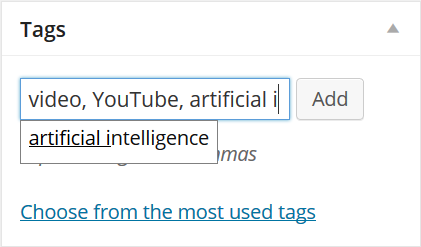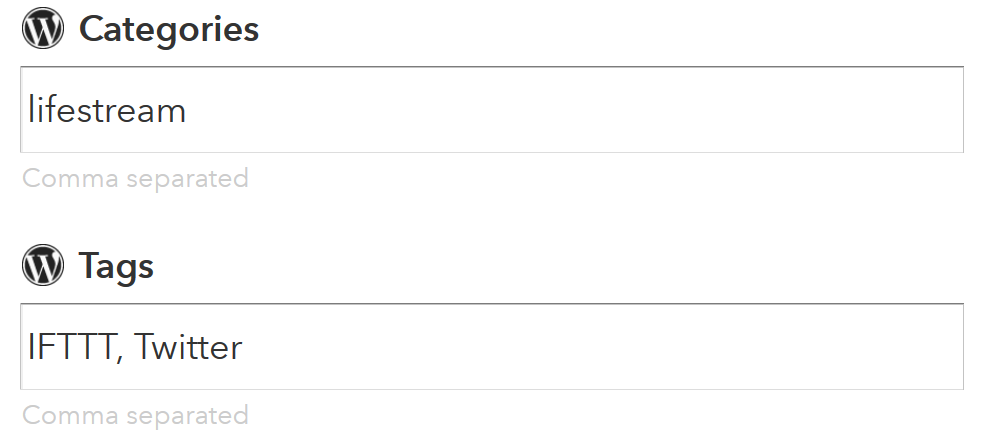Block 2 has come to an end and I am currently admiring the amazing ethnographies my colleagues have put together over the last few weeks.
While further delving into my songwriting MOOC and internet communities culture I found a very interesting article in The Telegraph about the different “laws” that govern internet culture. In addition to classics like Poe’s Law, Godwin’s Law or Rule 34 the article describes some highly amusing ones like Danth’s Law or The Law of Exclamations. A blatant omission (which was thankfully added by a commenter) is a favourite of mine – Cunningham’s Law: The best way to get the right answer on the Internet is not to ask the question, but rather to post the wrong answer.
Staying on the topic of artificial intelligence which has been following us throughout the course and has recently been present in the media I stumbled upon this speculation about what will happen when the Internet of Things becomes artificially intelligent. It is a fascinating thought to think that instead of machines having their own individual intellectual capacities (like humans do) the connectedness of all things digital will create one global artificial consciousness. The internet as we know it might very well be the brain of this operation, the underlying infrastructure. It just takes a decade or two more until its consciousness switches on.
Talking about artificial intelligence, DeepMind, a machine learning company owned by Google has anounced this week that its AI has learned to play 49 Atari games from scratch through trial and error. In 29 cases it performed even better than human players. At this pace of development this technology is likely to disrupt society faster than we will be able to react to the changes.
Finally, I posted my micro-ethnography about my songwriting MOOC, fittingly in the form of a song.
Next week we will start a new block on algorithmic cultures. Considering the buzz that machine learning has generated lately I’m sure it will be highly topical and I’m very much looking forward to it.







